
Thanh Thanh Cong Industrial Park - Tay Ninh Province
- Investor: Thanh Thanh Cong Industrial Zone Joint-Stock Company
- Price: 95 USD/m2
- Area: 1020 Ha
Tay Ninh is a province located in the Southeastern region of Vietnam. It lies at the crossroads between Ho Chi Minh City and the capital city of Phnom Penh in Cambodia, making it one of the key provinces in the Southern Economic Region. The provincial capital, Tay Ninh City, is situated 99 kilometers away from Ho Chi Minh City via National Highway 22 and 40 kilometers northwest of the Cambodian border.
The land of Tay Ninh, in ancient times, was part of the Thuy Chan Lap region and was known as Romdum Ray, meaning “Elephant Pen” because it was covered in dense forests inhabited by various wild animals such as tigers, elephants, bears, and snakes. The indigenous people in this area lived in extreme poverty until the arrival of Vietnamese settlers, who cultivated and developed the land.
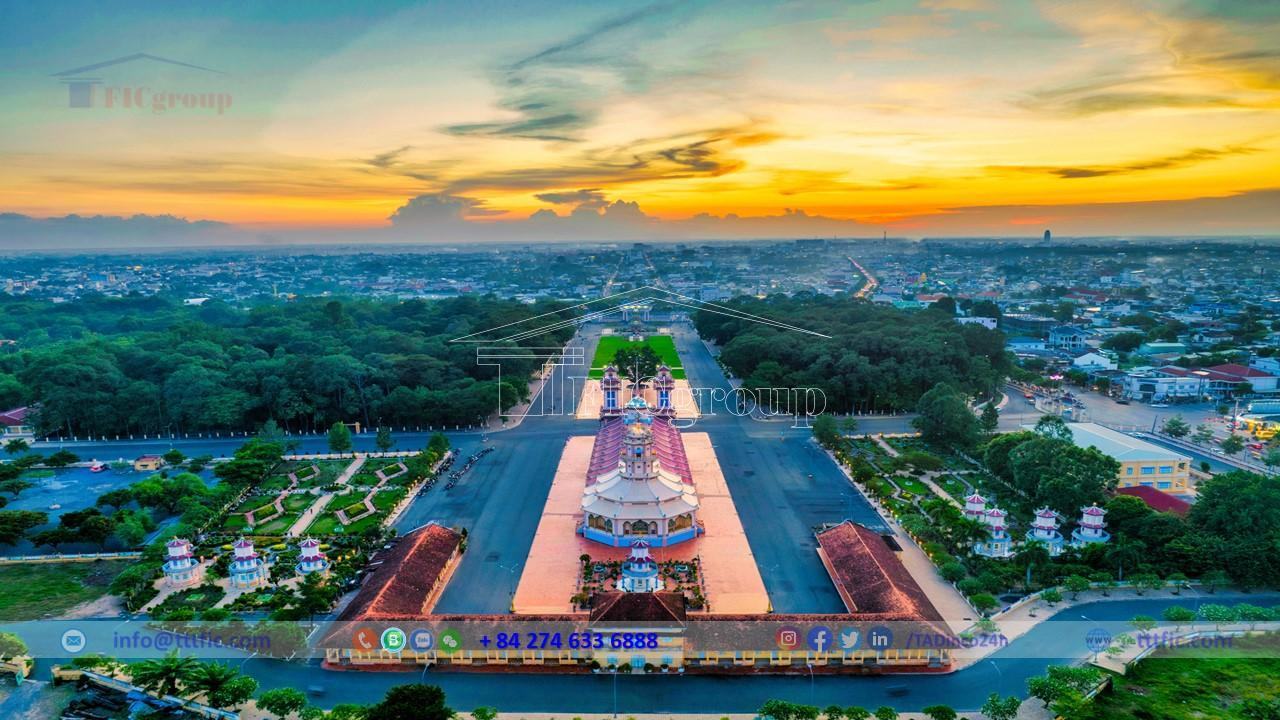
Tây Ninh connects the South Central Highlands with the Mekong Delta, exhibiting characteristics of both a highland and a delta region. Its coordinates range from 10°57’08” to 11°04’36” north latitude and 105°04’48” to 106°02’48” east longitude. Tây Ninh is geographically bordered by:
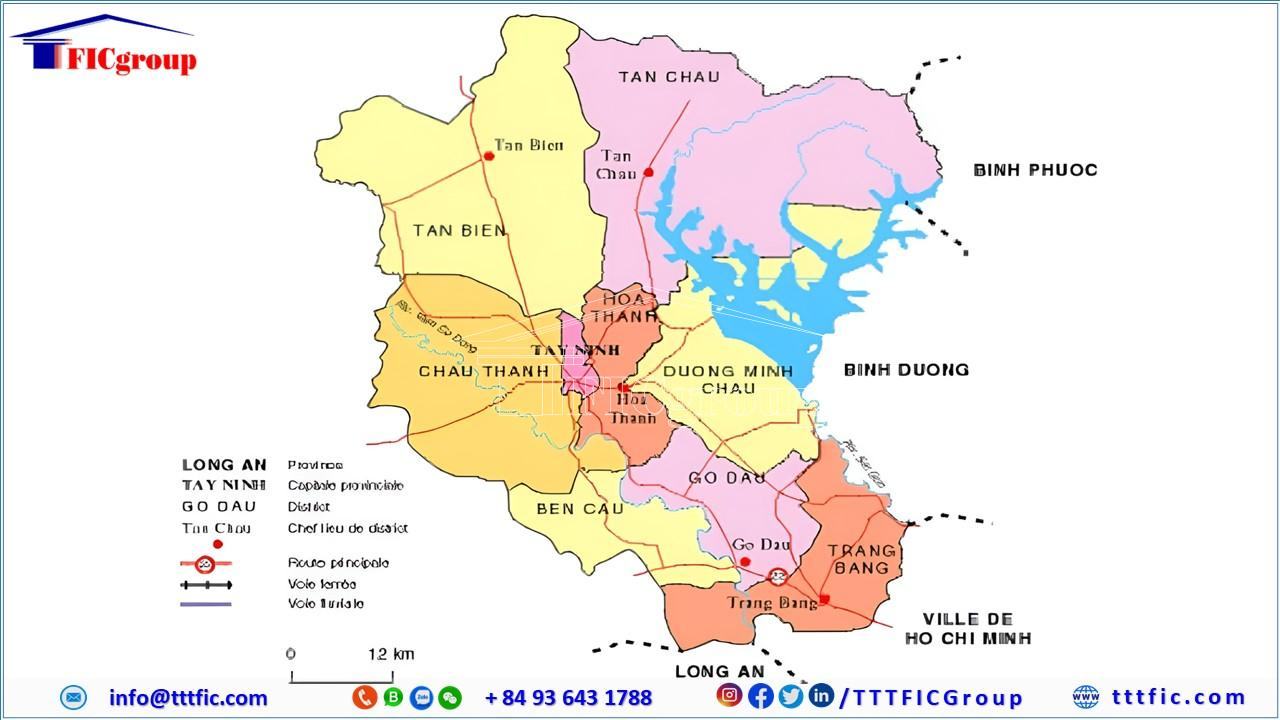
Similar to other provinces in the Southeastern region, Tay Ninh has a transitional terrain from the South Central Highlands to the Mekong Delta, with relatively flat land. It combines highland characteristics with the features of a delta region. Tay Ninh’s diverse terrain includes:

Tay Ninh has a relatively mild climate categorized as a tropical monsoon climate with distinct wet and dry seasons. The dry season typically lasts from December to April, while the rainy season extends from May to November. The temperature remains relatively stable, with the early dry season being cool and dry, especially in the northern and central areas, where nighttime temperatures can drop below 20°C. During the peak of the dry season, daytime temperatures can reach above 38°C, resulting in a temperature difference of around 10-14°C. In the rainy season, high humidity leads to frequent rainfall, with daytime temperatures averaging 30-34°C and nighttime temperatures around 23-26°C. The annual average temperature ranges from 25.5–27°C, with a record low of 11.3°C and a record high of 40°C. The lowest temperatures occur from December to February, while the highest temperatures persist from April to May. Tay Ninh receives an annual average rainfall of 1800–2200 mm. Additionally, due to its inland location and protection from the Truong Son Mountain Range, Tay Ninh is less affected by tropical storms, with strong southwest winds bringing occasional heavy rain and hail to the northern and central areas during the storm season from June to August.
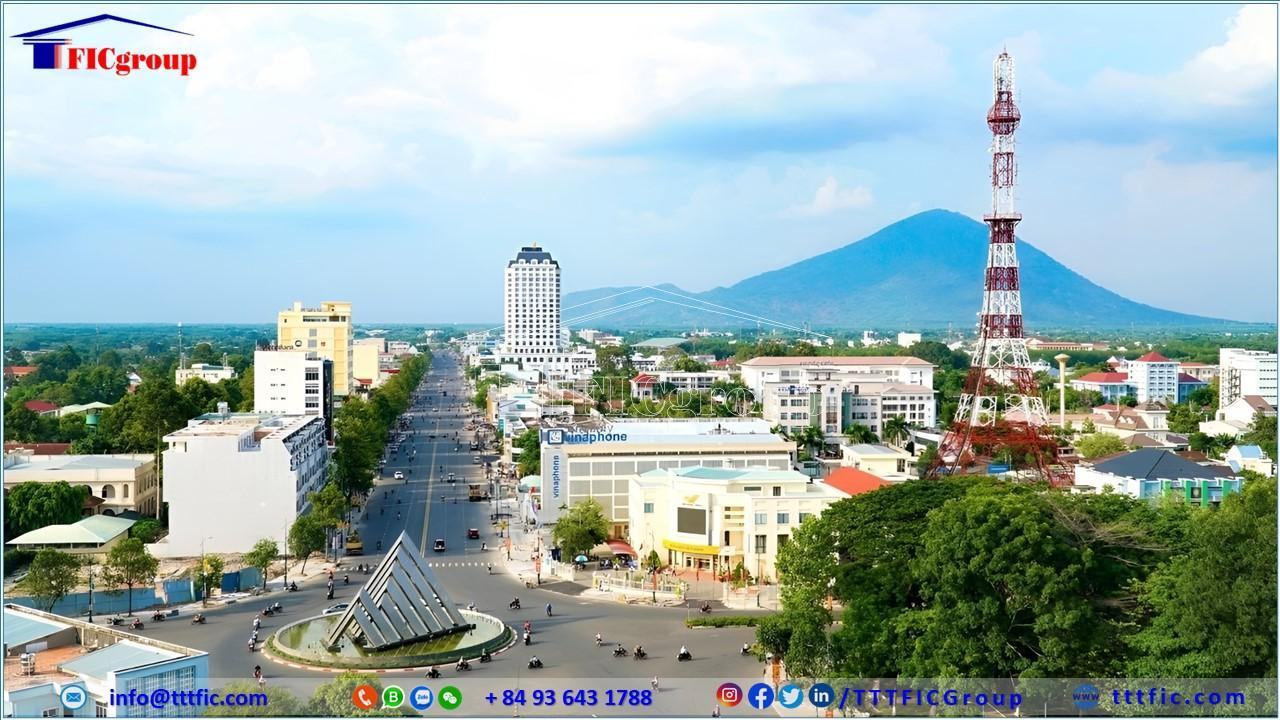
Tay Ninh Province is administratively divided into 9 district-level units, including 1 city, 2 towns, and 6 districts, with a total of 94 commune-level administrative units. These consist of 17 wards, 6 townships, and 71 communes.
In 2018, Tay Ninh was the 37th most populous administrative unit in Vietnam, ranking 28th in terms of Gross Regional Domestic Product (GRDP) and 14th in terms of per capita GRDP. The province achieved a GRDP of 71.166 trillion Vietnamese Dong (equivalent to 3.0908 billion USD) with a per capita GRDP of 62.79 million Vietnamese Dong (equivalent to 2,727 USD), and a GRDP growth rate of 8.01%.
Tay Ninh is considered a vital international gateway for Vietnam, connecting with Cambodia, Thailand, and other countries. It also plays a crucial role in facilitating the exchange of goods between the key economic regions in the South and the provinces in the Mekong Delta.
In 2022, Tay Ninh experienced a rapid economic and social development with a growth rate of 9.56%, ranking 16th in the country and leading among the key economic regions in the South. The total revenue from tourism increased by 130%, reaching 1.4 trillion Vietnamese Dong, while the number of tourists rose by 200% to 4.5 million visitors. Bà Đen Mountain National Tourist Area became one of the top 5 most attractive tourist destinations in the country.
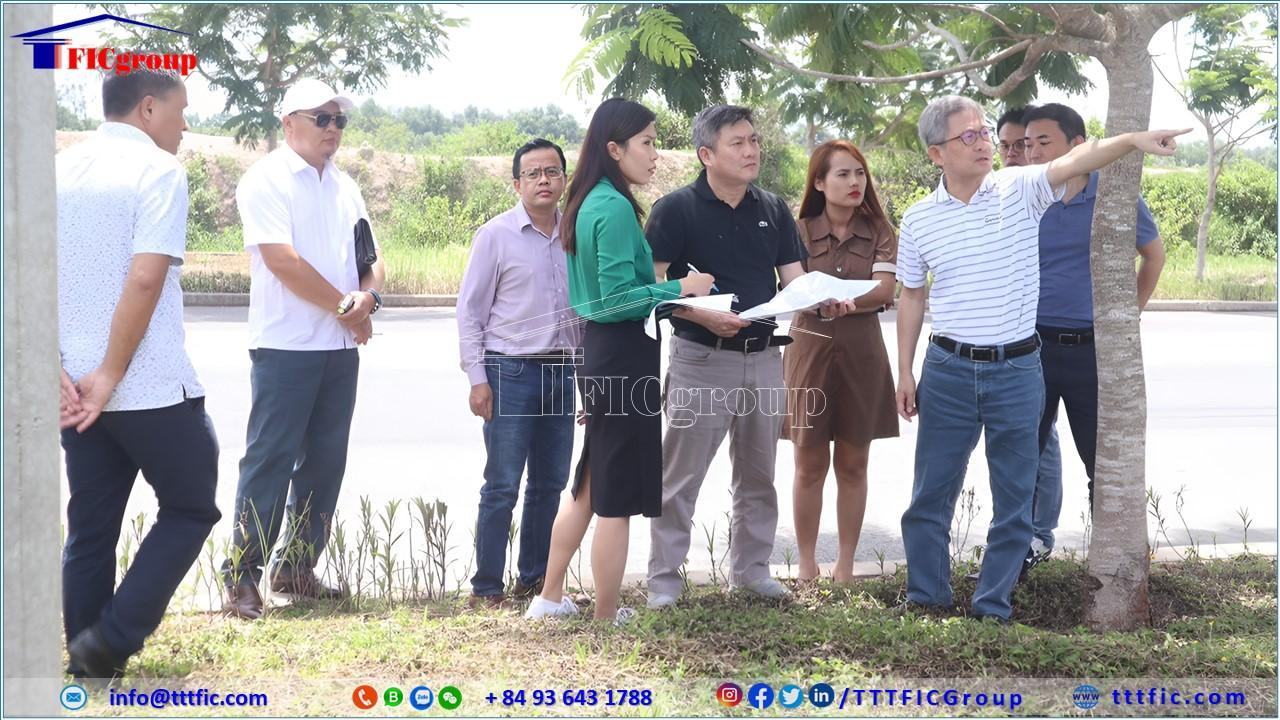
Tây Ninh’s industrial and small-scale handicraft sectors have been steadily growing. The province has established processing plants for agricultural products, including sugar cane factories, cassava flour processing facilities, and rubber latex processing plants. It has also developed industrial zones within the province.
Notable industrial zones in Tay Ninh include:
Tay Ninh is renowned for its majestic natural landscapes and impressive man-made structures, including:
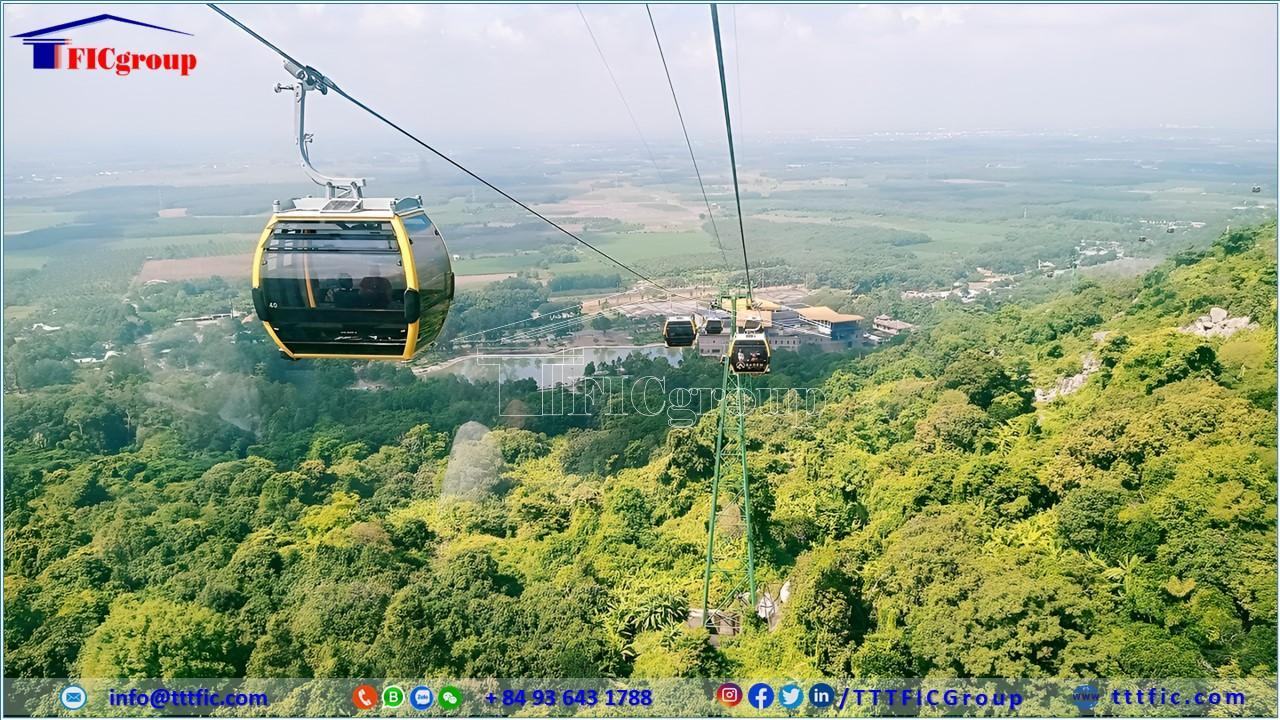
As of April 1, 2019, the total population of Tay Ninh province reached 1,169,165 people, with a population density of 268 people per square kilometer. Among them, the urban population was 207,569 people, accounting for 17.8% of the total population, while the rural population was 961,596 people, accounting for 82.2% of the total population. The male population was 584,180 people, and the female population was 584,985 people. The natural population growth rate varies by region, with an overall increase of 0.92%. The urbanization rate reached 42% by 2021.
As of April 1, 2019, Tay Ninh province had 9 different religions, with the largest being Cao Dai with 415,920 followers, followed by Catholics with 45,992 followers, Buddhists with 38,336 followers, and other religions such as Islam with 3,337 followers, Protestantism with 684 followers, Hoa Hao Buddhism with 236 followers, Minh Su Dao with four followers, Tinh Do Cu Si Phat Hoi Viet Nam with two followers, and Baha’i with one follower.
According to statistics from the General Statistics Office of Vietnam, as of April 1, 2009, Tay Ninh province was home to 29 different ethnic groups and foreign nationals. Among them, the Kinh ethnic group had 1,050,376 people, Khmer people had 7,578 people, Cham people had 3,250 people, Xtiêng people had 1,654 people, Hoa people had 2,495 people, and others included ethnic groups such as Muong, Thai, and Tay.
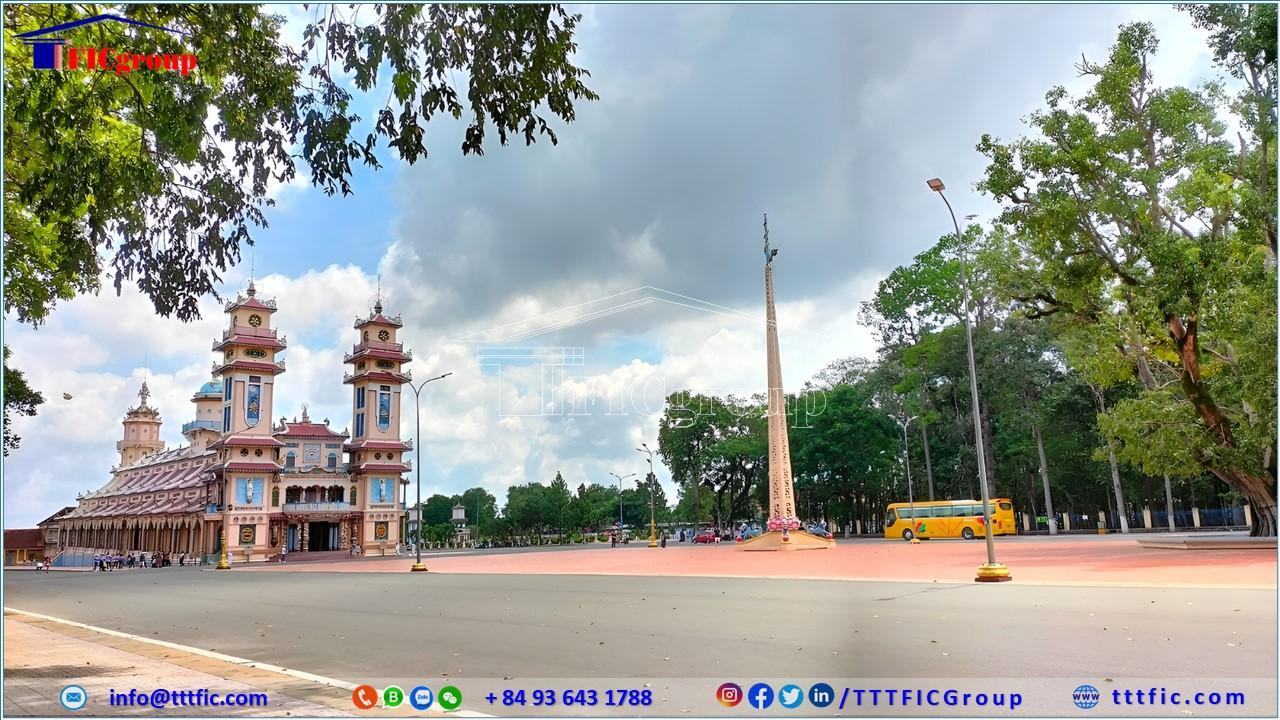
As of September 30, 2011, there were 410 schools in Tây Ninh province, including 31 high schools, 106 secondary schools, 271 primary schools, 1 specialized school, and 116 kindergartens. With such a comprehensive school system, the education system in Tây Ninh province is relatively complete and contributes to reducing illiteracy in the province.
Tay Ninh has an international standard Cambridge school, the IGC Tây Ninh International School, located at 1A Chanh Mon Street, Ward 1, Tay Ninh City, offering education from preschool to high school, both boarding and day schooling.
There is also a specialized high school, Hoang Le Kha High School, located at 368 Truong Chinh Street, Ward 3, Tay Ninh City.
Some of the top schools in the province include:
Tay Ninh is crossed by the Xuyen A highway, which is nearly 28 kilometers long, connecting Ho Chi Minh City with Cambodia through the Mộc Bài border gate. Tây Ninh has two main rivers, the Sai Gon River and the Vam Co Dong River. In addition, the province also has the Bến Kéo river port located on the Vam Co Dong River.
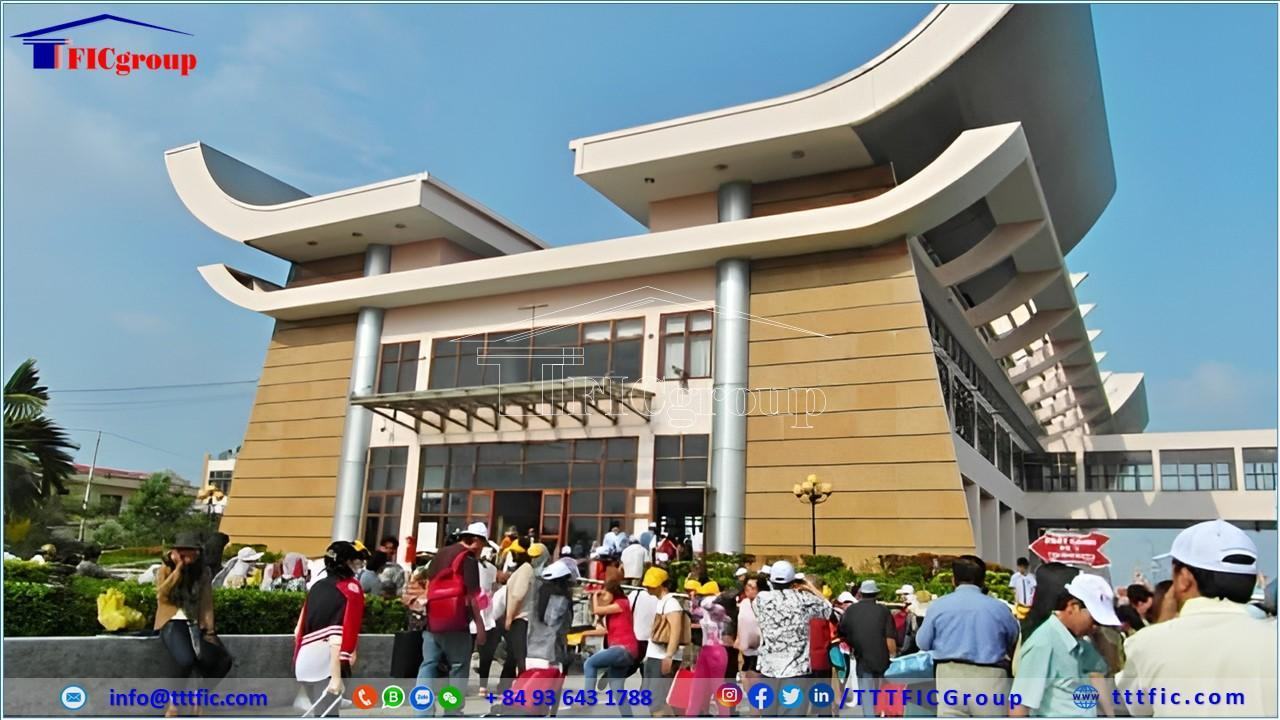
Tây Ninh province, located in the southwest of Vietnam near the border with Cambodia, has been developing policies and strategies to attract investment in various sectors, including industry, agriculture, and services. Here are some important factors that can be integrated to attract investment to Tây Ninh province:
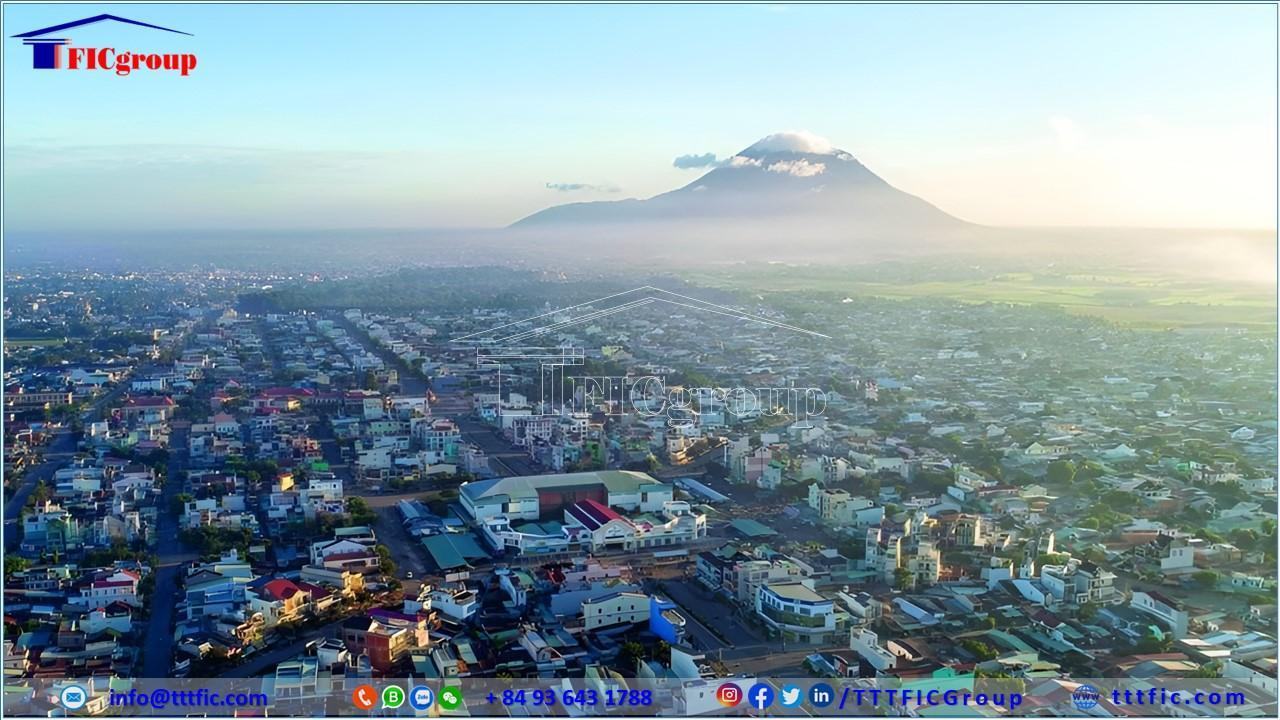
In 2022, despite the economic challenges both domestically and internationally, Tây Ninh province continued to attract significant investment. The province attracted a total investment capital of 16.5 trillion VND from both domestic and foreign sources, a 4.7% increase compared to the previous year. It approved 56 new investment projects, including projects in agriculture, industry, urban development, and more. Notably, two solar energy projects in the Dầu Tiếng area with a total registered investment capital of over 7,000 billion VND were approved.
Foreign direct investment (FDI) has also played a significant role in the province’s development, particularly in the industrial sector. As of now, there are 370 FDI projects in the province with a total registered capital of 9.2 billion USD, ranking 15th out of 63 provinces and cities in attracting FDI. The province currently has 7,279 active businesses with a total registered capital of 184,399 billion VND. The investment environment in the province remains stable, with project revenue and tax contributions increasing compared to the previous year.
Efforts have also been made to support the development of agriculture. The province has implemented seven support policies to promote agricultural production, including policies to support good agricultural practices, high-tech agriculture, and organic farming. These policies have already supported 13 projects covering an area of 233.5 hectares with a total budget of 4,672 million VND (reaching 30% of the allocated budget). Support for agricultural product production and consumption linkages has also been implemented, with 9 projects covering 2,231 hectares and a total budget of 12,869.6 million VND (reaching 42% of the allocated budget) during the period from 2019 to 2022.
In addition, Tây Ninh has been focusing on developing industrial zones (IZs) to attract investors. Alongside the existing six IZs, the provincial government has proposed the addition of two new IZs and the expansion of one IZ, totaling 3,944 hectares, to meet the increasing demand of investors in the coming years.
We offer Information and Consultation Services for Industrial Real Estate, including leasing, buying, foreign direct investment (FDI), mergers and acquisitions (M&A), and legal consultancy for foreign investors.
Call us today for the best opportunities to expand your business into Vietnam! We specialize in M&A consultancy for industrial real estate in industrial zones throughout Vietnam.
————————————
Team Marketing
Tel: + 84 274 633 6888
Email: info@tttfic.com
Phone: + 84 916 974488
IG/Twitter/LinkedIn/Page: /TTTFICGroup


